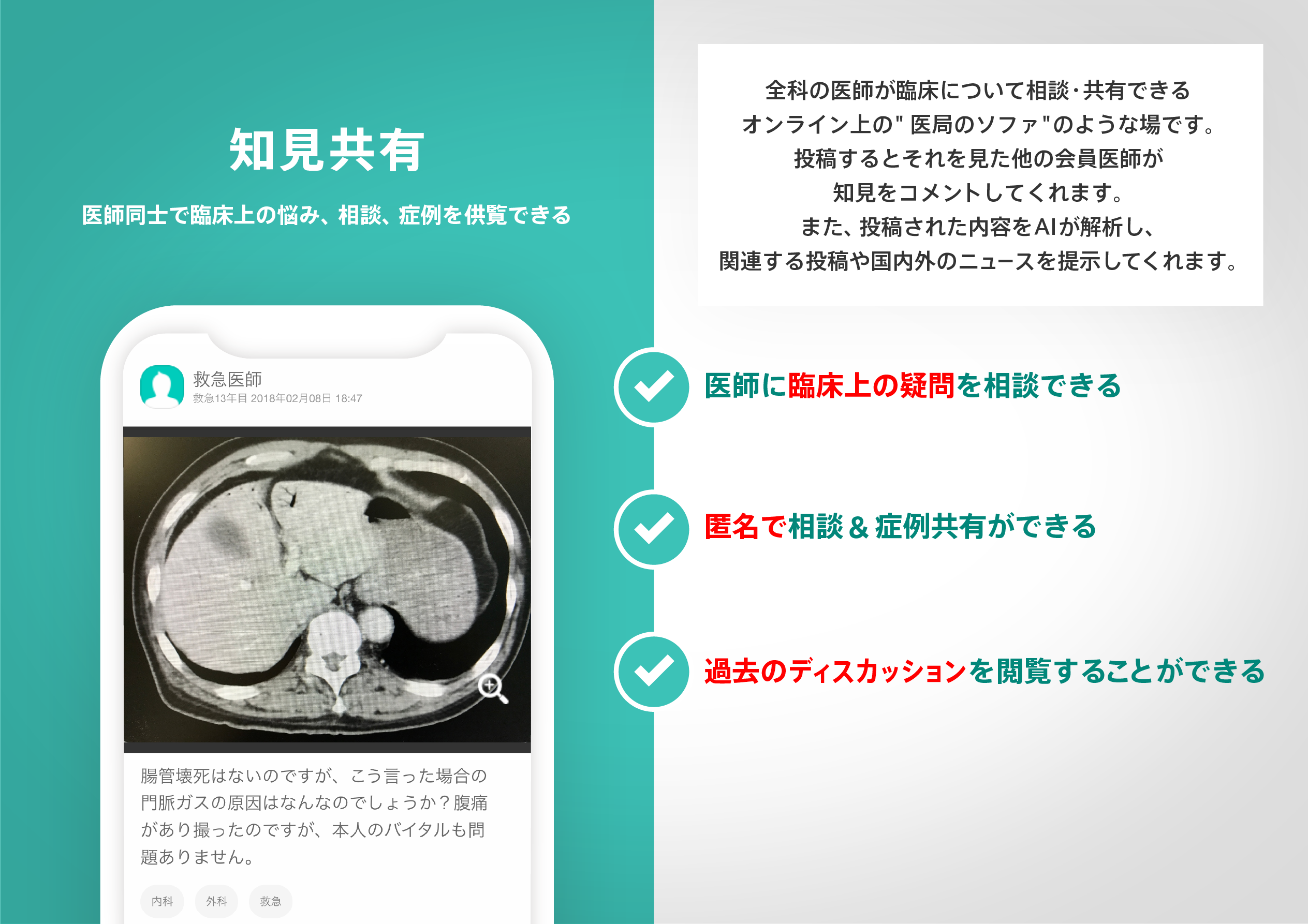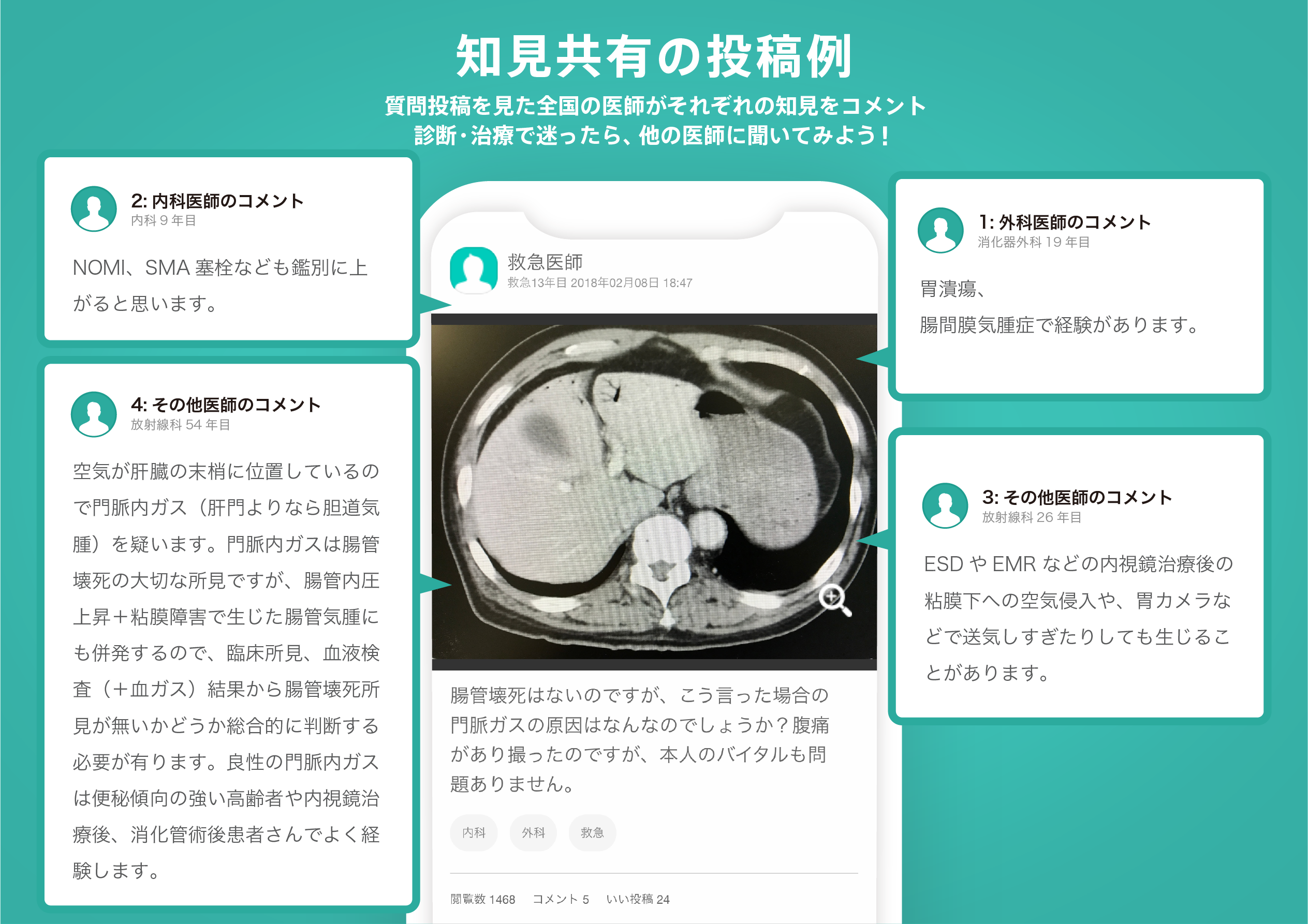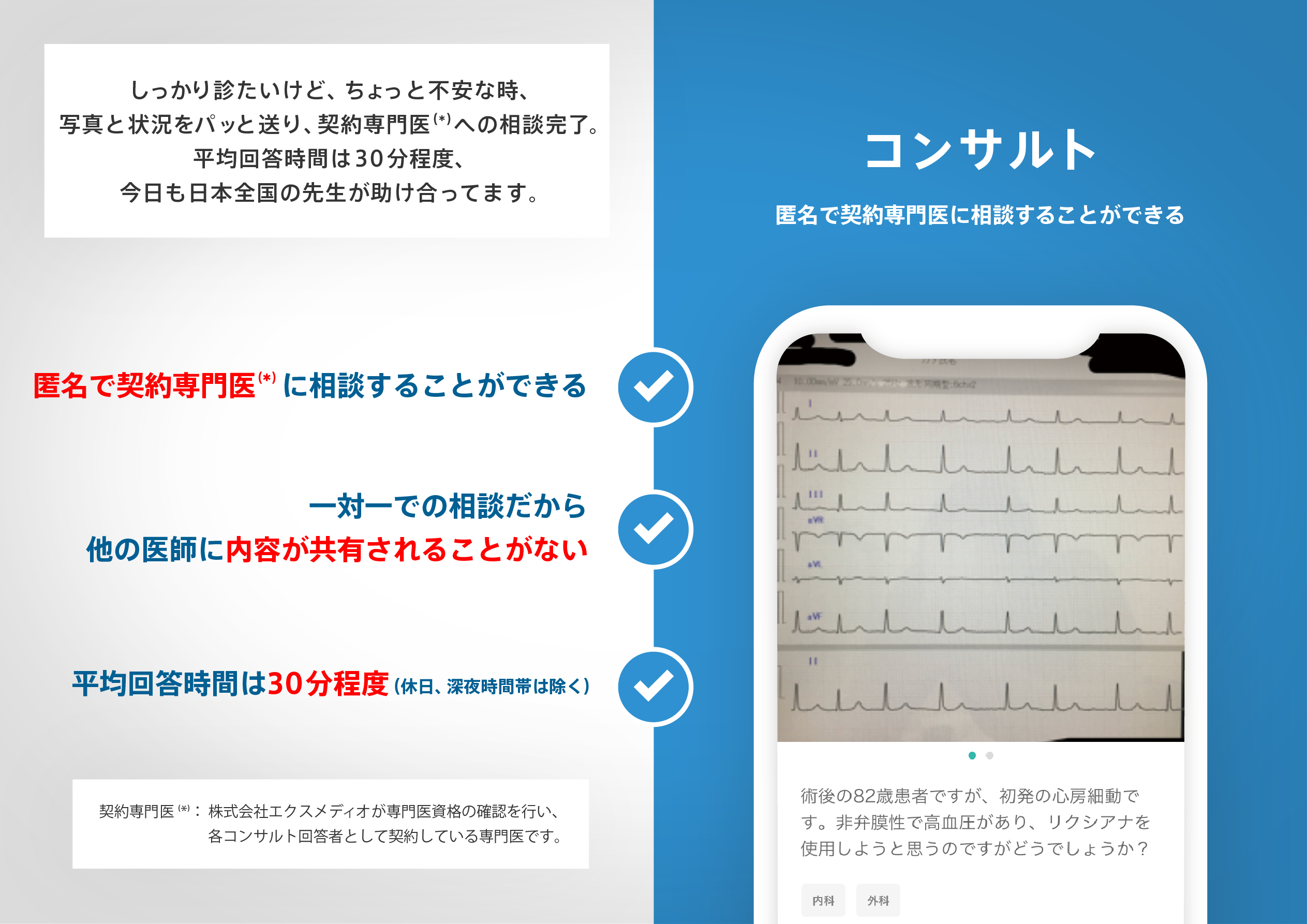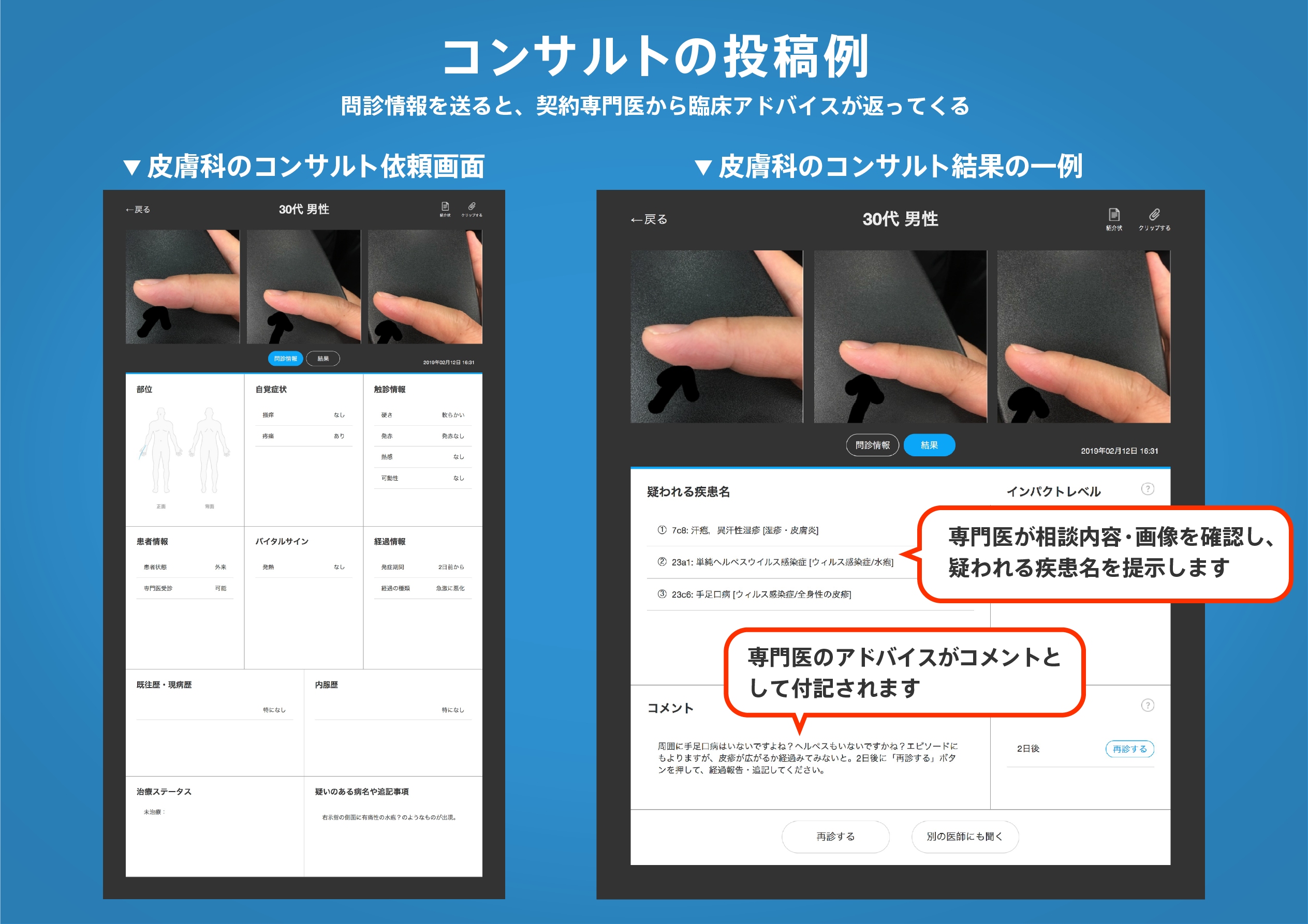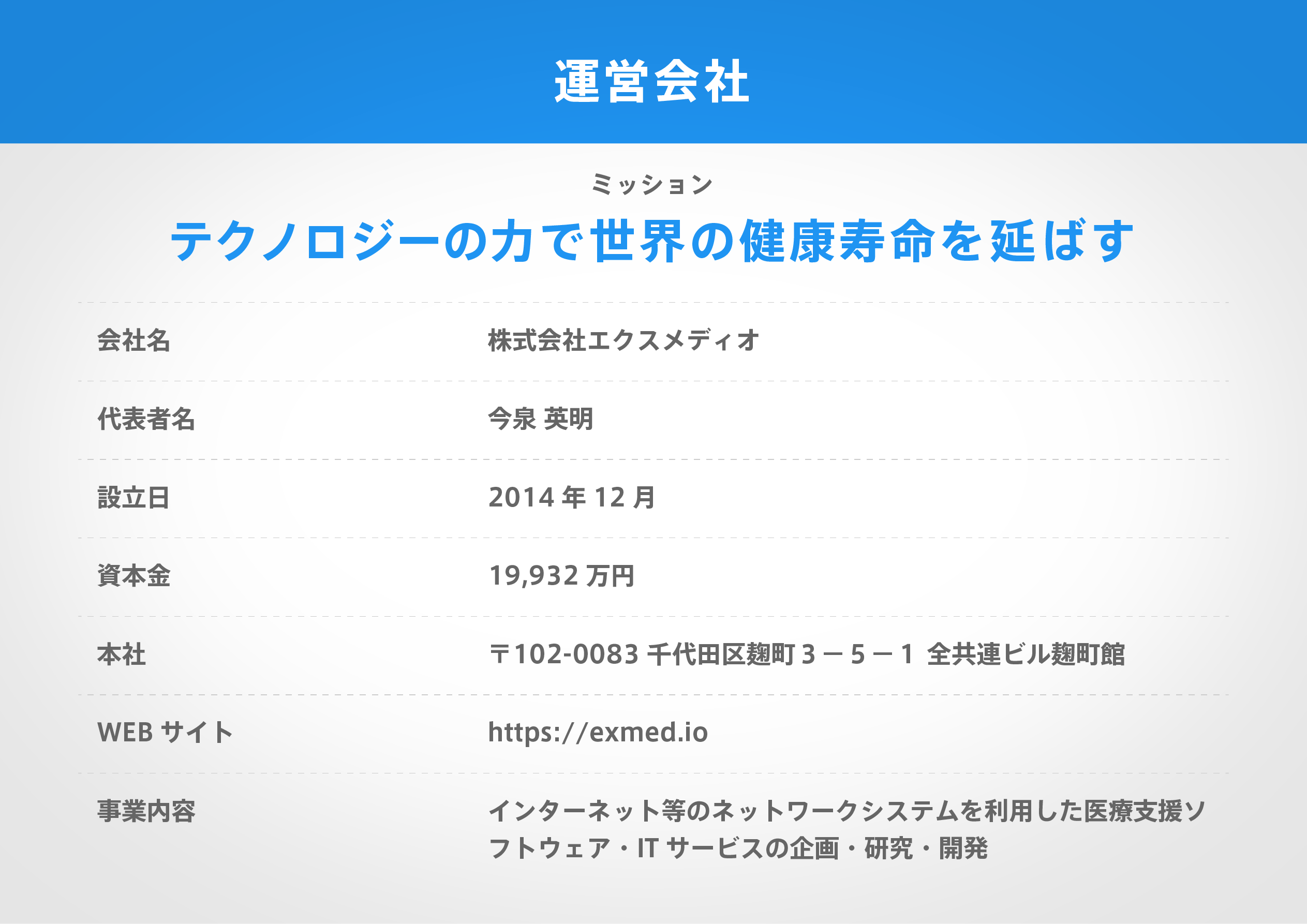著名医師による解説が無料で読めます
すると翻訳の精度が向上します
背景:この研究の目的は、性別、年齢、およびデントファシアル骨格タイプに応じたトルコの人口における販売トゥルシカの形態計測分析を評価し、さまざまな歯系骨格タイプにおける販売トゥルシカ形状の有病率を調査することでした。 材料と方法:362人の患者(男性145人、女性217人)の外側の頭測定X線写真が含まれ、年齢、性別、およびデントフェシアル骨格パターンによってグループ化されました。長さ、高さ、および直径を含むsella turcicaの線形寸法を測定し、sella turcicaの形状を評価しました。 結果:この研究におけるsella turcicaの解剖学的変異体は正常な形態(39.0%)であり、続いてピラミッド形状(15.5%)、床の二重輪郭(14.6%)、斜め前壁(14.4%)、不規則な背骨(8.6%)、およびSella Turcica Bridge(8.0%)。販売トゥルシカ形状とデントファーシアル骨格タイプの間に有意差が見られました(P <0.01)。女性は、男性よりもsella turcicaの直径が大きかった(p <0.01)。さらに、15〜21歳のグループの被験者は、9〜14歳のグループの被験者よりも販売されたトゥルシカの深さと直径が大きかった(それぞれP <0.05およびP <0.01)。ただし、販売トゥルーシカの長さに関して、年齢層の間に有意差は見られませんでした(P> 0.05)。 結論:この研究の結果は、他の集団や民族グループと比較して、サンプルの形態学的変動率が高いことを示しました(39%正常、その他61%)。クラスIIIの患者は、背部セラの後部でより多くの不規則性(ノッチ)タイプがあり、他の患者よりも斜めの前壁タイプが少なかった。この研究における線形寸法と形態学的タイプの販売トゥルシカは、放射線科医、歯科矯正医、顎顔面外科医、脳神経外科医などの追加の研究者の参照として使用して、販売領域を含む外科的処置を解釈および計画できます。
背景:この研究の目的は、性別、年齢、およびデントファシアル骨格タイプに応じたトルコの人口における販売トゥルシカの形態計測分析を評価し、さまざまな歯系骨格タイプにおける販売トゥルシカ形状の有病率を調査することでした。 材料と方法:362人の患者(男性145人、女性217人)の外側の頭測定X線写真が含まれ、年齢、性別、およびデントフェシアル骨格パターンによってグループ化されました。長さ、高さ、および直径を含むsella turcicaの線形寸法を測定し、sella turcicaの形状を評価しました。 結果:この研究におけるsella turcicaの解剖学的変異体は正常な形態(39.0%)であり、続いてピラミッド形状(15.5%)、床の二重輪郭(14.6%)、斜め前壁(14.4%)、不規則な背骨(8.6%)、およびSella Turcica Bridge(8.0%)。販売トゥルシカ形状とデントファーシアル骨格タイプの間に有意差が見られました(P <0.01)。女性は、男性よりもsella turcicaの直径が大きかった(p <0.01)。さらに、15〜21歳のグループの被験者は、9〜14歳のグループの被験者よりも販売されたトゥルシカの深さと直径が大きかった(それぞれP <0.05およびP <0.01)。ただし、販売トゥルーシカの長さに関して、年齢層の間に有意差は見られませんでした(P> 0.05)。 結論:この研究の結果は、他の集団や民族グループと比較して、サンプルの形態学的変動率が高いことを示しました(39%正常、その他61%)。クラスIIIの患者は、背部セラの後部でより多くの不規則性(ノッチ)タイプがあり、他の患者よりも斜めの前壁タイプが少なかった。この研究における線形寸法と形態学的タイプの販売トゥルシカは、放射線科医、歯科矯正医、顎顔面外科医、脳神経外科医などの追加の研究者の参照として使用して、販売領域を含む外科的処置を解釈および計画できます。
BACKGROUND: The aim of this study was to evaluate the morphometric analysis of sella turcica in a Turkish population according to gender, age, and dentofacial skeletal type and to investigate the prevalence of sella turcica shapes in different dentofacial skeletal types. MATERIALS AND METHODS: The lateral cephalometric radiographs of 362 patients (145 males, 217 females) were included and grouped by age, gender, and dentofacial skeletal patterns. Linear dimensions of sella turcica, which include the length, height, and diameter, were measured, and the shapes of sella turcica were evaluated. RESULTS: The anatomical variants of the sella turcica in this study were normal morphology (39.0%), followed by pyramidal shape (15.5%), double contour of floor (14.6%), oblique anterior wall (14.4%), irregular dorsum sella (8.6%), and sella turcica bridge (8.0%). Significant differences were found between sella turcica shapes and dentofacial skeletal types (p < 0.01). Females had greater diameter size of sella turcica than males (p < 0.01). In addition, the subjects in the 15-21 age group had larger sella turcica depths and diameters than the subjects in the 9-14 age group (p < 0.05 and p < 0.01, respectively). However, no significant differences were found between age groups in terms of sella turcica lengths (p > 0.05). CONCLUSIONS: Results from this study showed that the sample had a higher rate of morphological variation (39% normal, 61% other types) in comparison with other populations or ethnic groups. The class III patients had more irregularity (notching) types in the posterior part of the dorsum sella and fewer oblique anterior wall types than the others. Linear dimensions and morphological types of sella turcica in this study can be used as reference for additional investigators, such as radiologists, orthodontists, maxillofacial surgeons, and neurosurgeons, to interpret and plan surgical procedures involving the sellar region.
医師のための臨床サポートサービス
ヒポクラ x マイナビのご紹介
無料会員登録していただくと、さらに便利で効率的な検索が可能になります。


